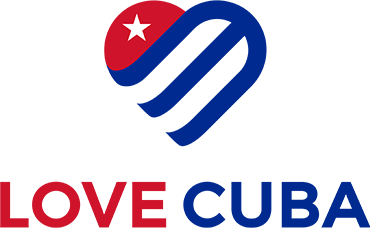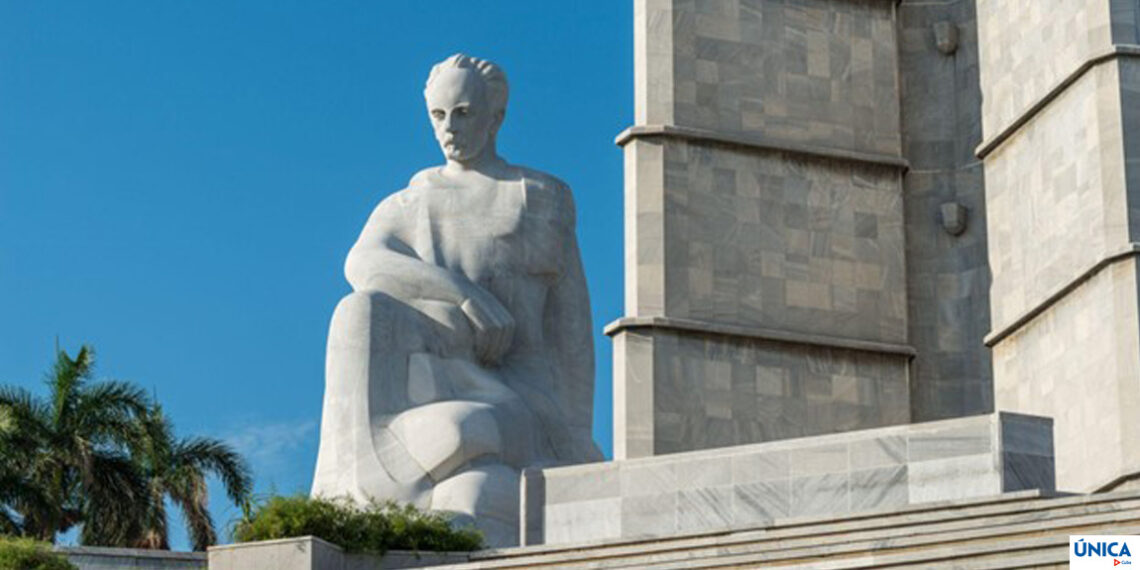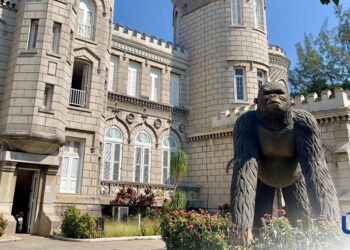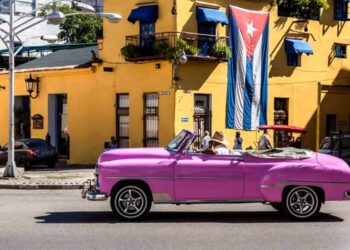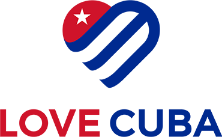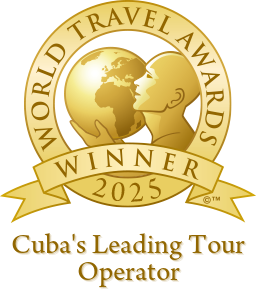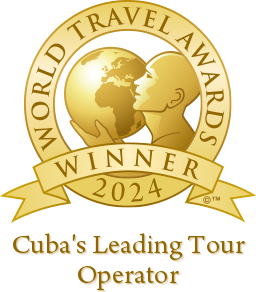José Julián Martí y Pérez is known as an important national hero in Cuban history. In fact, Cuba wouldn’t be what it is today without the skill and effort of José Martí!
As a Cuban nationalist, philosopher, writer, professor, translator, and publisher, Marti was a man of many talents. Also known as the “Apostle of Cuban Independence,” Martí is considered a Cuban national hero for his role in liberating his country from Spanish political influence.
Through his political activism and writings, he was a strong advocate for independence from the Spanish Empire throughout the 19th century. Even from an early age, Martí was committed to promoting liberty, intellectual freedom for Spanish Americans, and Cuban political independence.
Early life in Cuba and Spain
Born in Havana in 1853, José Martí was the son of poor Spanish immigrants. Due to his teacher’s help, he attended high school around the time of the Ten Years’ War, also known as Cuba’s first struggle for independence. When he was only 16, he published his first newspaper, La Patria Libre, which translates to “Free Fatherland.” It wasn’t long before he was arrested for denouncing a pro-Spanish classmate and was then sentenced to six years of hard labour.
Martí didn’t serve the full six years, as he was freed after a few months. He travelled to Spain and published El presidio político en Cuba, or Political Imprisonment in Cuba, which he wrote as a criticism of the Cuban prison system. After graduating with a degree in Civil Law from the University of Zaragoza, he returned to the Americas.
Adulthood in the United States
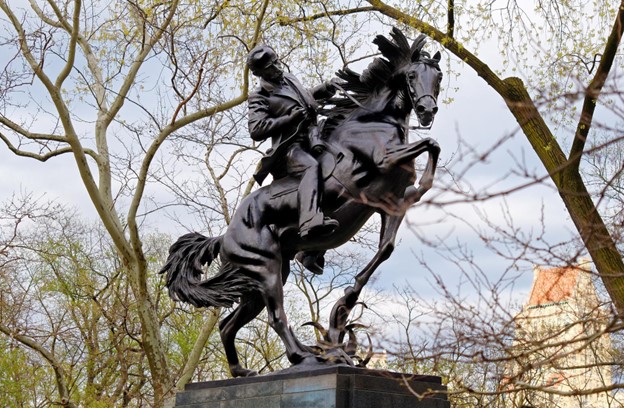
By 1892, Martí had founded the Cuban Revolutionary Party to help organize the strategy for Cuban independence. He was elected delgado, or delegate, of this party since he refused to be called the president. In 1895, the preparations were finished; he planned to set sail with the supplies and former generals (from the first fight) from Fernandina Beach, Florida.
However, just as they were about to embark, the U.S. authorities seized their ships and weapons. Martí arrived in Cuba with no way to keep his team in check.
Martí’s death
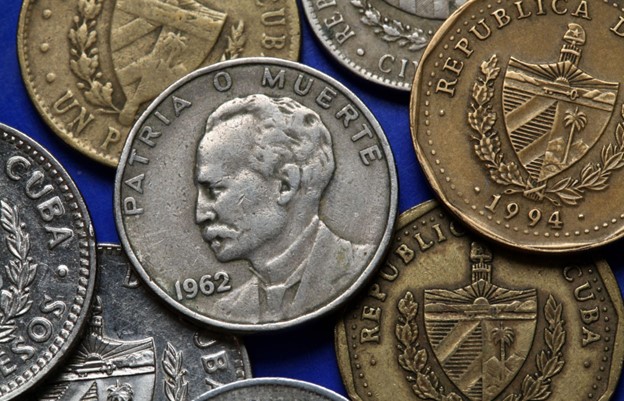
Martí’s death was a massive hit to the dreams of the Cuban rebels, but the fight for national autonomy continued with many successes and lows until 1898, the year that marks the official end of The Cuban War of Independence.
Although Martí was integral to the Cuban independence movement, he was first dubbed a national hero decades later in the 1920s and 1930s. During these decades, the newer generation of Cuban nationalists started referring to him as “el apóstol.”
Where to learn more about José Martí
There are numerous monuments and parks dedicated to the Cuban hero, but the biggest in size is located in the capital city of Havana.
José Martí Memorial
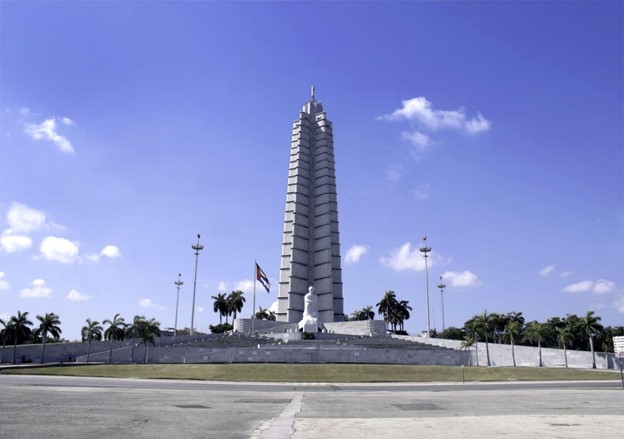
As the tallest structure in Havana, the José Martí Memorial is a must-visit while exploring Cuba. Located in the centre of Plaza de la Revolucion Square, this monument is around 142 meters tall, making this the tallest monument dedicated to a writer on the planet. This memorial was built in 1958, and today, it is surrounded by six pillars representing Cuba’s old provinces.
During your visit, you can tour the onsite museum and climb a 567-step staircase to a 129-meter-high viewpoint with incredible city views. On the ground floor, you’ll find five halls with gold engravings of 79 of Martí’s thoughts, making this an excellent spot for quiet reflection. One room displays contemporary art, another details the history of Plaza de la Revolucion Square, and two other rooms feature writing and correspondence from Martí’s life and career.
A 17-meter marble statue of José Martí is sitting in front of the monument, depicting him deep in thought. This platform, where the statue resides, is often used as a podium when rallies and events occur in the plaza.
José Martí Museum
One of the best places to learn more about the incredible life of José Martí is at the José Martí Museum in Havana. This museum houses the world’s most significant collection of items and artefacts relating to the life and legacy of José Martí. Over 80,000 visitors explore this museum every year.
This museum is located in the home where José Martí was born in 1853. Built at the beginning of the 19th century, the structure still maintains the original architecture of the time period, with a tiled roof, yellow exterior, and mortar walls. Visitors can wander through the museum’s seven exhibition halls that display items from Martí’s childhood, adolescence, and early adulthood. The museum has also recreated a replica of Martí’s New York office and detailed the story of his job as a Revolutionary Cuban Party delegate.
José Martí’s Birthday Celebration
Every year, Cubans celebrate José Martí’s birthday on January 28th. Many Cubans observe this holiday by reading Martí’s work, visiting his memorial, or preparing a traditional Cuban feast.
Several significant birthday celebrations are observed at his memorial. The city of Havana sometimes hosts a large parade in his honour, but many events also occur throughout other parts of the country. This is a vibrant time to visit Cuba, as Cubans take this opportunity to pay tribute to the father of the Cuban Revolution.
Final Thoughts
José Martí is not only one of the most intriguing figures in Cuban history, but he is also the founding father of the independent Cuba that we know and love today. Learning more about Martí’s incredible life and legacy is one of the best ways to discover Cuba’s remarkable history, vibrant culture, and rich heritage. Love Cuba is the UK’s leading Cuba holiday specialist. Click here for more info on Cuba holidays, Multi Centre Cuba Holidays or Tailor Made Cuba Holidays please don’t hesitate to contact our friendly team of Cuba holiday specialists on 0207 071 3636 or email enquiries@lovecuba.com


